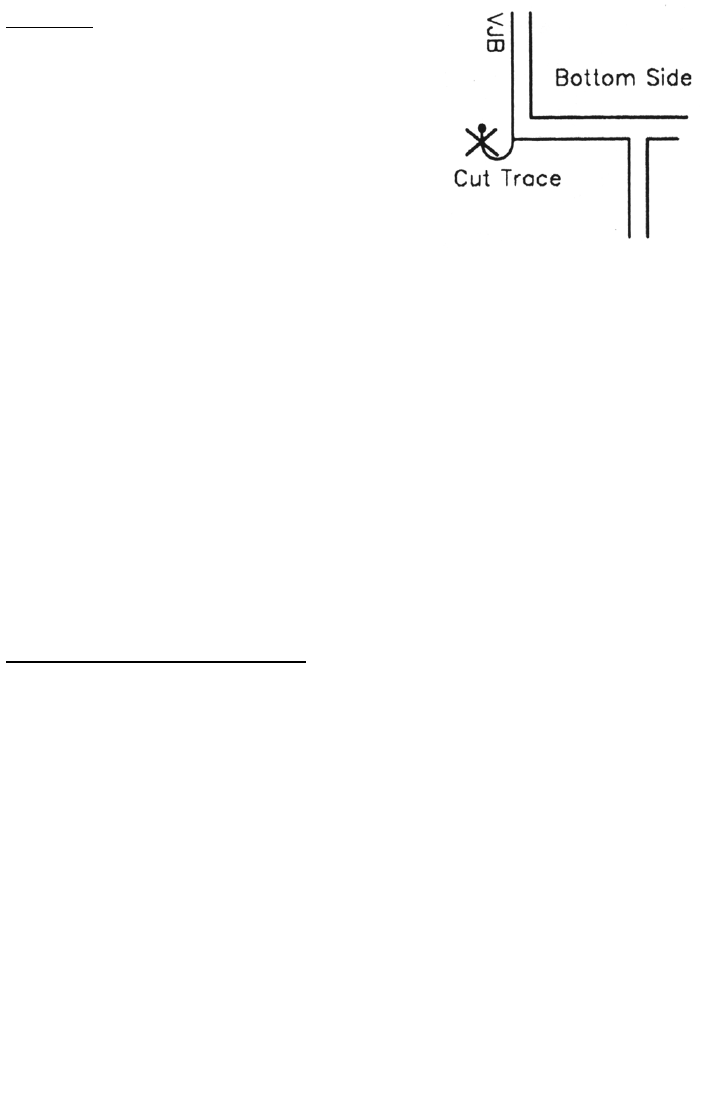
LPY2 • 7
frequency you plan to use. In the case of the
Logi, 900 MHz was used to calculate the
dimensions. A gain of 10 dB can be obtained
with a reflector side length of one wavelength. A
two wavelength reflector can be used to achieve
upwards of 12 dB gain! It just means you’ll have
a bit more wind resistance to factor in.
The positioning of the Logi as the active element
must also take into account the frequencies
you’ll be dealing with. Thankfully, the physical
layout of the circuit board takes care of this for us automatically! The narrow
front end of the board should be placed so that it points into the vertex of the
reflector plates. Rotate the board so that it lines up directly with the seam
created by the two plates. This allows one side of the Logi to collect (in
receive mode) or emit (in transmit mode) the electromagnetic energy from one
plate to one side of the active element. If the Logi is turned 90° so that it does
not line up in parallel with the seam, the antenna will not function properly.
The boom length that positions the Logi at the focal point of the reflector is
also critical factor. This will require a bit of trial and error to get things just
right. Use a piece of PVC pipe (1/2” to 7/8” will work well) with a slot cut in the
end just big enough to wedge the entire Logi in place. The narrow front edge
of the circuit board should be positioned between 1.5” to 3” from the seam
formed by the two reflector plates. PVC couplers can be mounted in the vertex
of the reflector to allow you to slide the boom in and out while testing. Once
the optimal position of the Logi is set, tighten the coupler and your ready to go!
BUILDING A REFLECTOR GRID
Building a reflector grid antenna as a home-brew project is a little harder then
the corner reflector. It would be very difficult to achieve the proper parabolic
shape for the reflector by banging on an old BBQ grill! The best way to insure
your antenna will function the way you want is to use a pre-fabricated dish.
There are a few different dishes that are easy to get and very affordable. We
experimented with the ISM19R and ISM24R and found that they work
wonderfully with the Logi!
Look at the how the Boss used a piece of PVC and a few couplers to form a
boom. He cut a slot in one end of the PVC pipe to hold the Logi antenna in
place. Then he used a nylon wire tie at the end of the boom to squeeze the
slotted pipe like a vise! Wow!!! Simple to make and highly effective!
If you plan to do the same, here is a quick shopping list:














